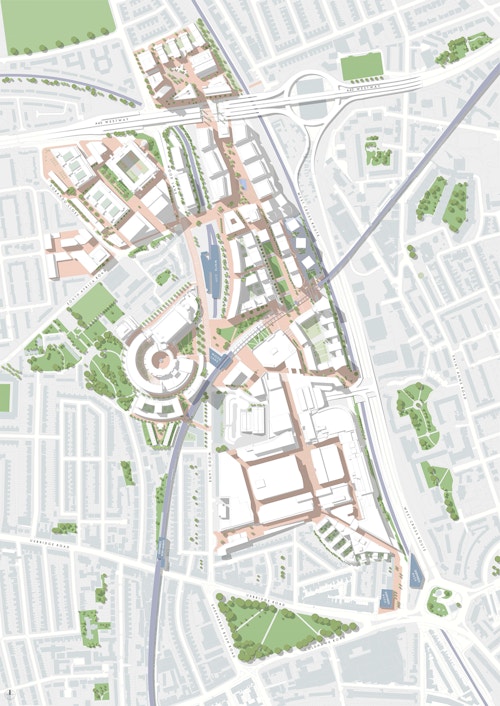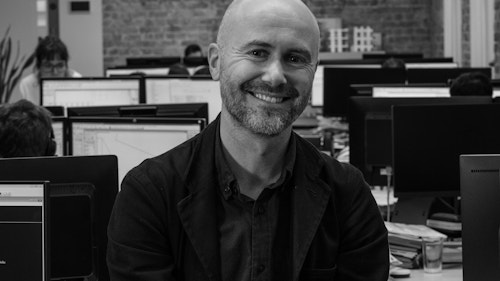/ A History of White City
White City is a changing part of London. How did it come to be and how might it evolve in the future?
by Paul EatonPaul Eaton presented 'A History of White City' at our virtual Friday Talks, building upon a presentation he first gave a the 2018 Urban Land Institute (ULI) Development Forum. His talk was part of an ongoing weekly series we are hosting while we all work from home during the Covid Lockdown.
Situated in the west of London, White City has long been the site of unplanned legacies - the location of London's first Olympic site, for the 1908 Games, the first of three times London would host the event. Also in 1908, came the Franco-British Exhibition, the white colour of its opulent (temporary) buildings giving the area its name.
Today, the area is one of London's prime sites of regeneration, a contemporary process that perhaps began with the opening of the new BBC Media Village in the late twentieth century and accelerated with the opening of the new Westfield Shopping Centre at Shepherd's Bush in the early 2000s.
As a practice, we have had an organic involvement in the ongoing story of White City - developing a masterplan and new buildings for the BBC site, only to revisit the site in more recent years, to help guide its evolution into White City Place, working for developers Stanhope and Mitsui Fudosan. Another key site is Imperial College London's new White City campus, for which we have designed the new Sir Michael Uren Hub and are developing proposals for the new White City Campus South and School of Public Health. Paul charted the history of these disparate projects, demonstrating how our work on them has helped to create a masterplan of a sort, one that has come from a more iterative process of urban development.

